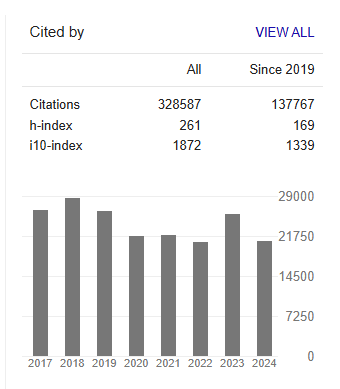Distribution of Electrons in the Atom, According To New Axioms and Laws
Abstract
Valentina Markova
The Theory of new Axioms and Laws contains 2 new Axioms and 8 new Laws and is created by the same author. This Theory claims that elementary particles are constructed simultaneously from 2 different vortices: open transverse vortex and open longitudinal vortex. The vortices are mutual orthogonal in space (S) and in time (T) and they can be accelerating or decelerating.
The transverse vortex is open vortex , transversely coiled in 2D .Pulsating in time (T) it forms concentric transverse vortex that spread in space as transverse wave .Every points on this transverse wave move with a constant time: T= const. This is the Real time-space of light waves and Electromagnetic waves.The longitudinal vortex is also open, but is wound longitudinally in 3D. Pulsating in time (T) it forms unique longitudinal waves. If it has positive acceleration the accelerating longitudinal vortices suck in free vortices from outside to themself. They are attracted and packed as they inserted each inside other and form an accelerating longitudinal Funnel.Each spiral in Funnel changes the ratio(v/w) between longitudinal velocity (v) and angular velocity (w) so that the length all spirals is one and the same: S=.const. The longitudinal Funnels generate the Gravitational time-space.
The electron is generated by a transverse decelerating vortex coming from the proton. It winds up a transverse deceleration vortex in a from out to inward direction in form of toroid with radius (r). Generates in center of toroid in 2D a longitudinal vortex with length (l), perpendicular to plane of toroid. The electron changes the ratio (r/l) between parameters (r) and (l) depending on its pulsation in time T(respiration) and its pulsation in space S (the distance to nucleus).
If the electron is located in the central orbits around the nucleus, it has a maximum length (max) of the longitudinal vortex and a minimum radius (r min) of the transverse vortex or: (l>r). Thus electron shrinks to a point without mass, it becomes invisible to an outside observer and it is perceived as longitudinal wave. If the electron is located in the peripheral orbits around the nucleus, it has a minimum length (l min) of the longitudinal vortex and a maximum radius (r max) of the transverse vortex from toroid or: (l



